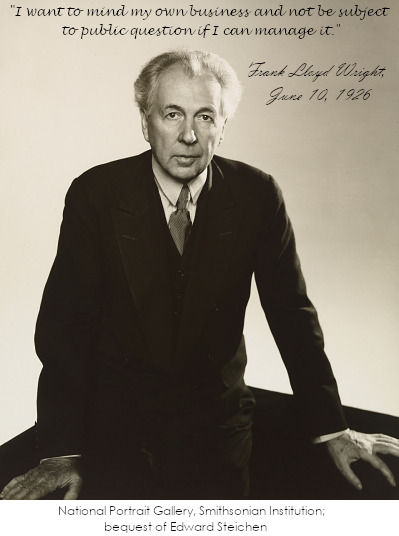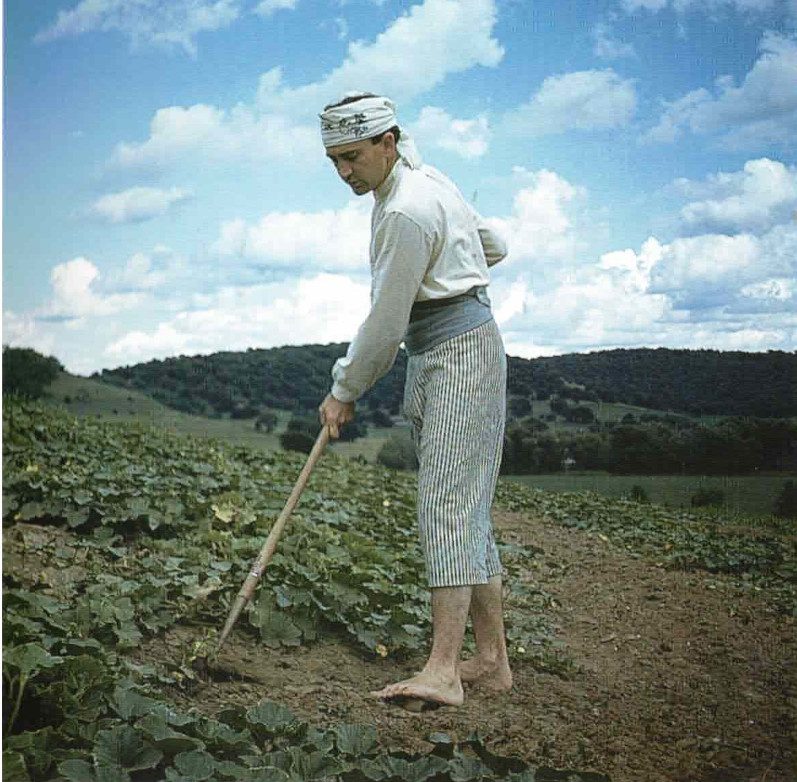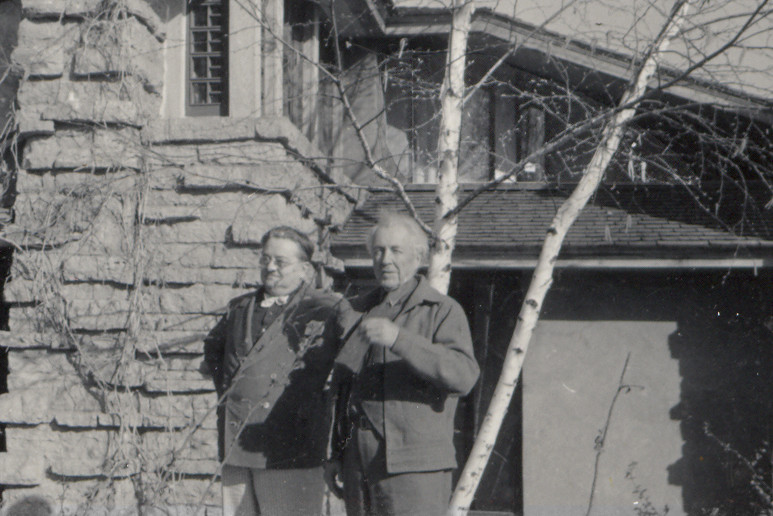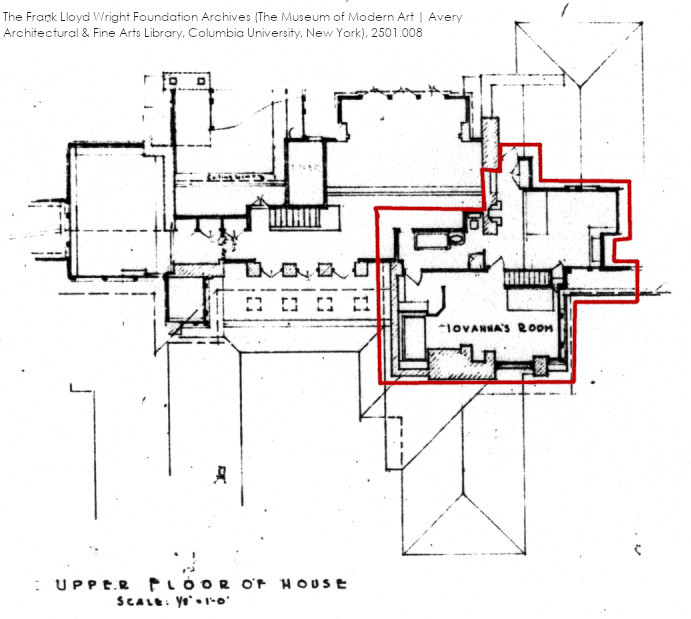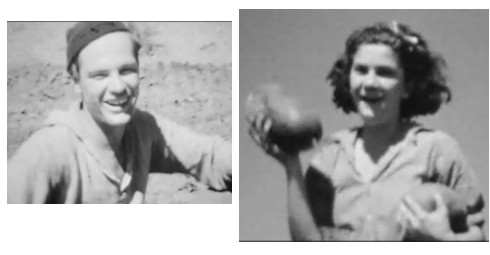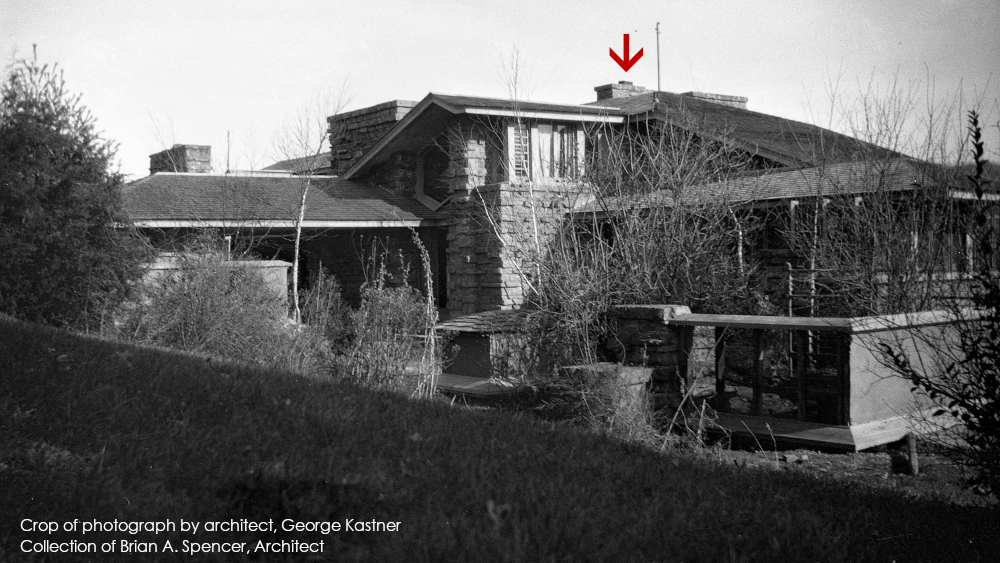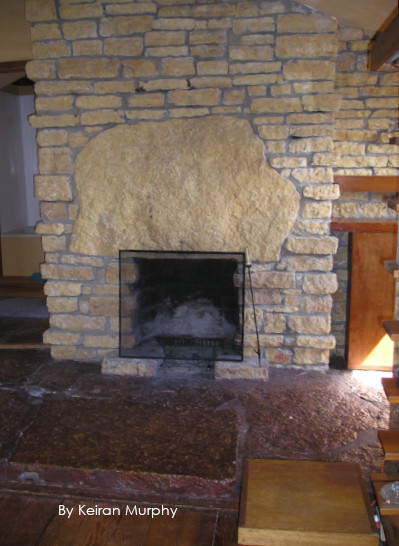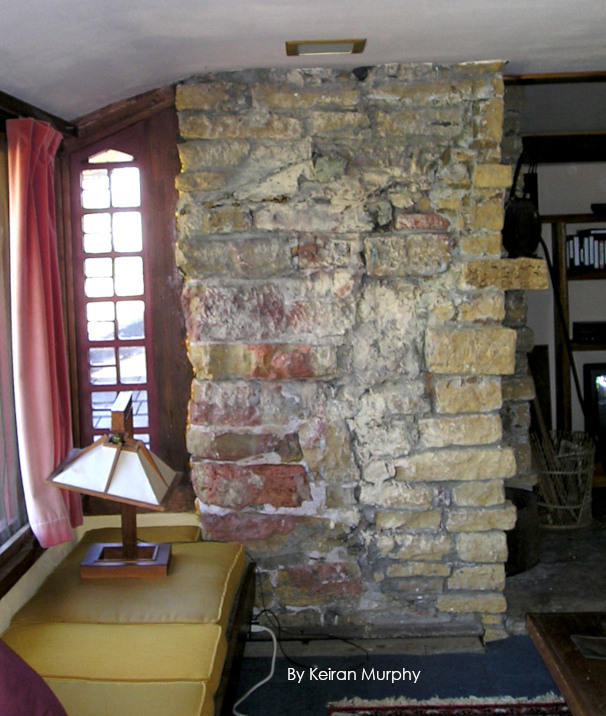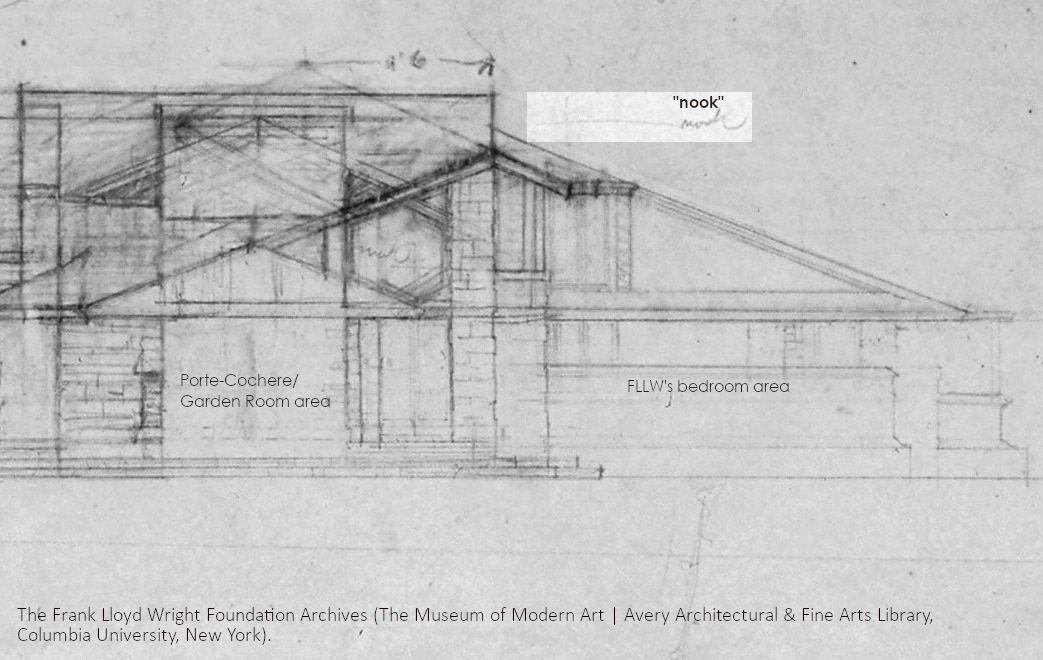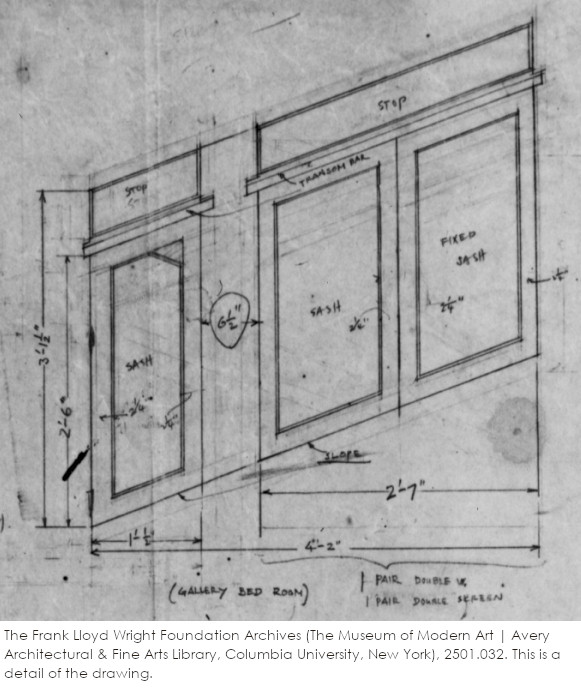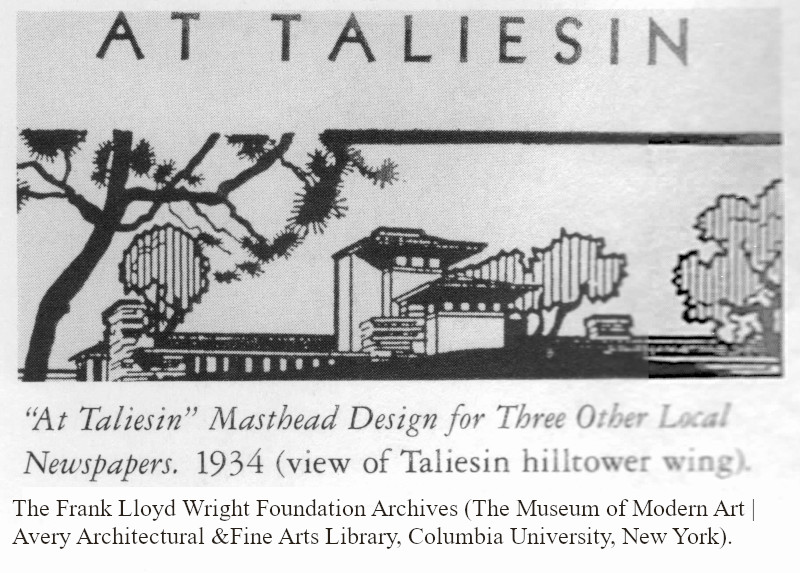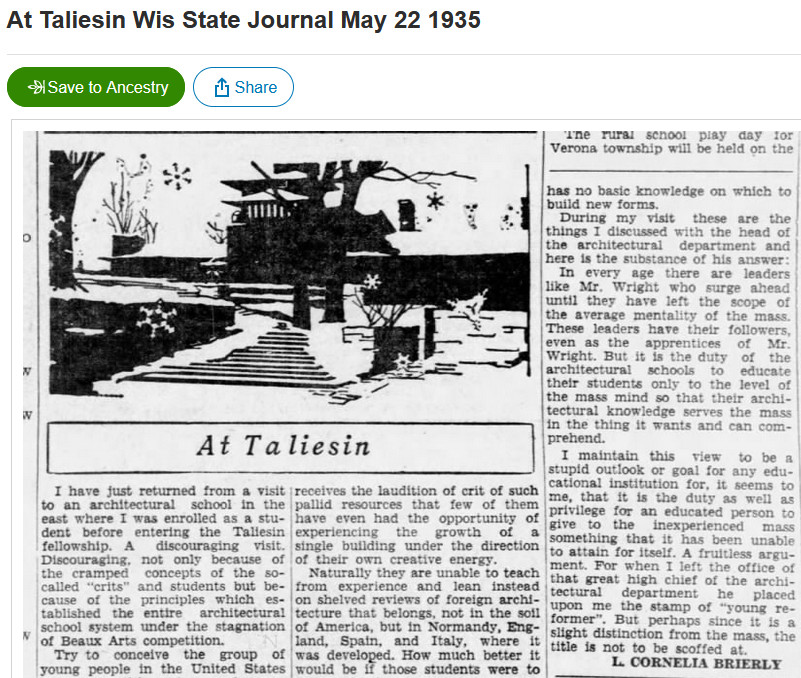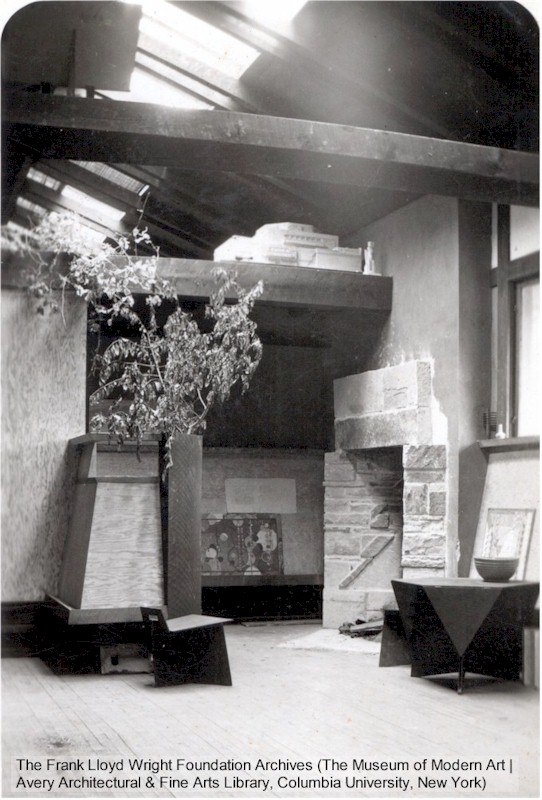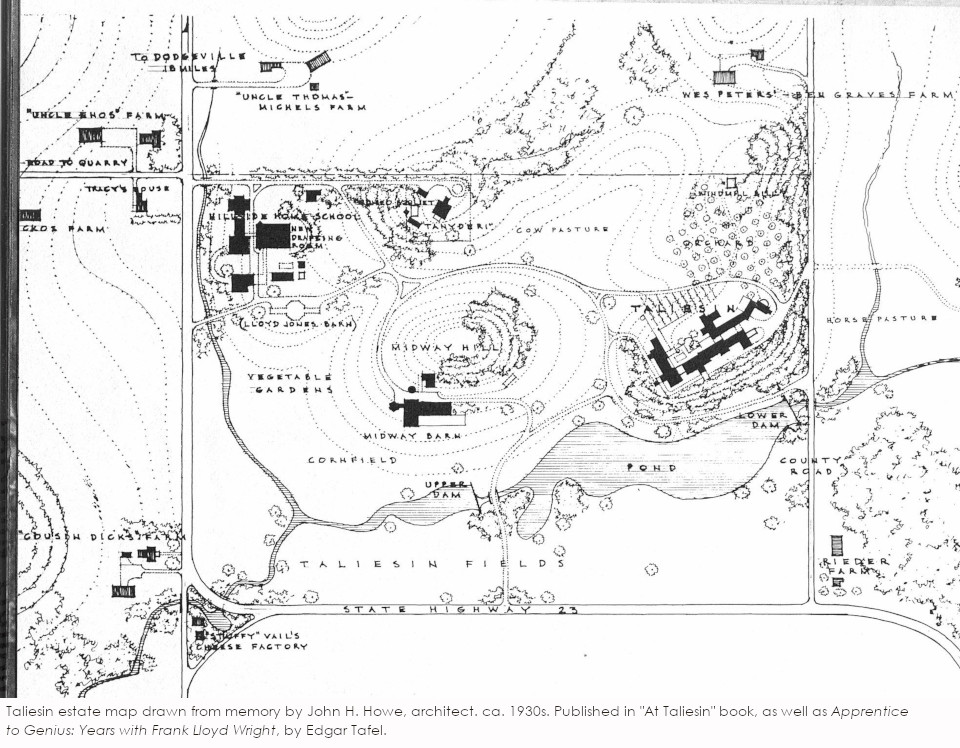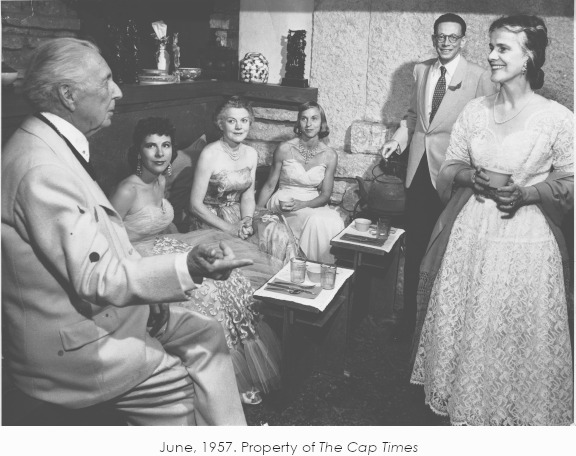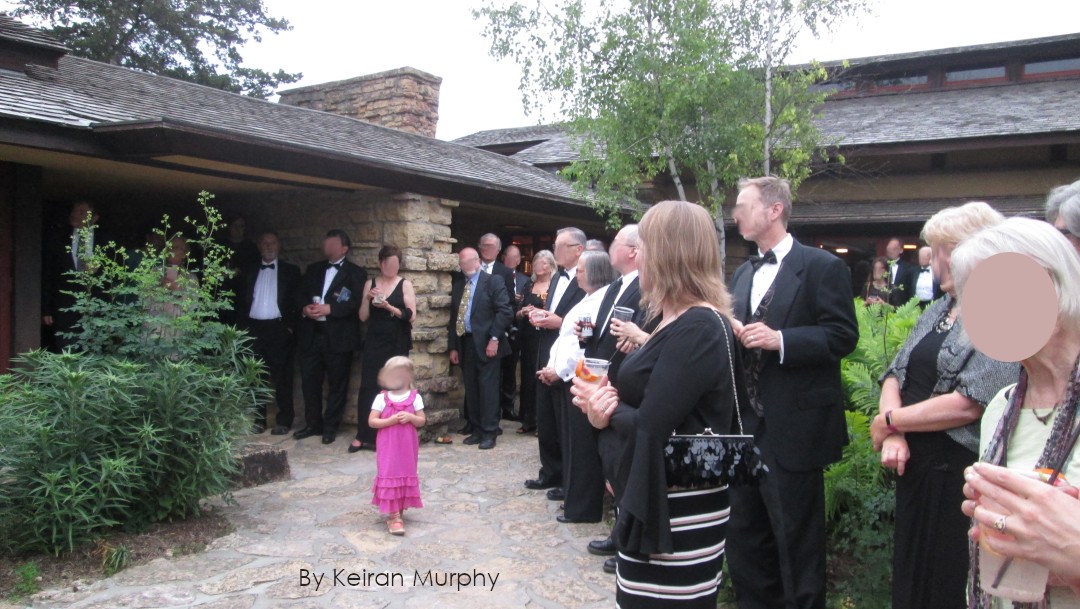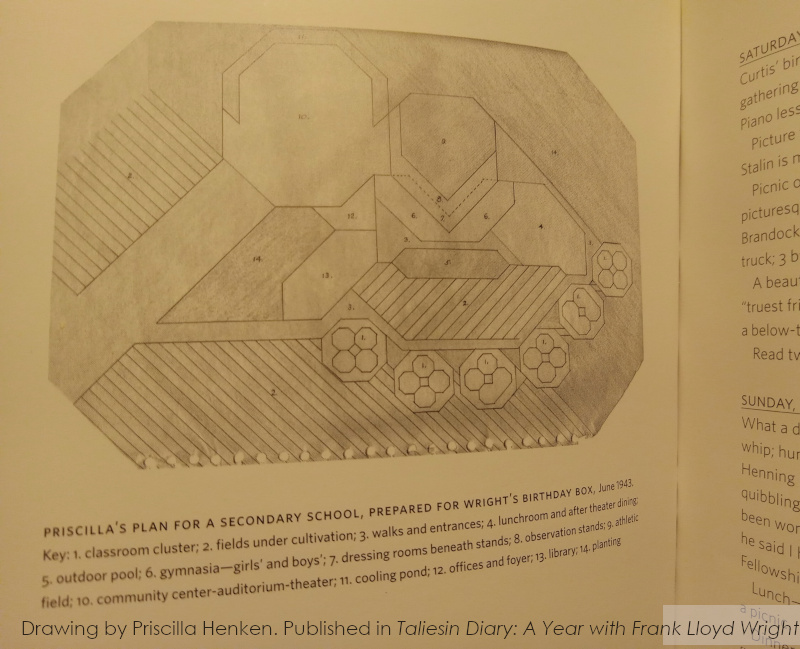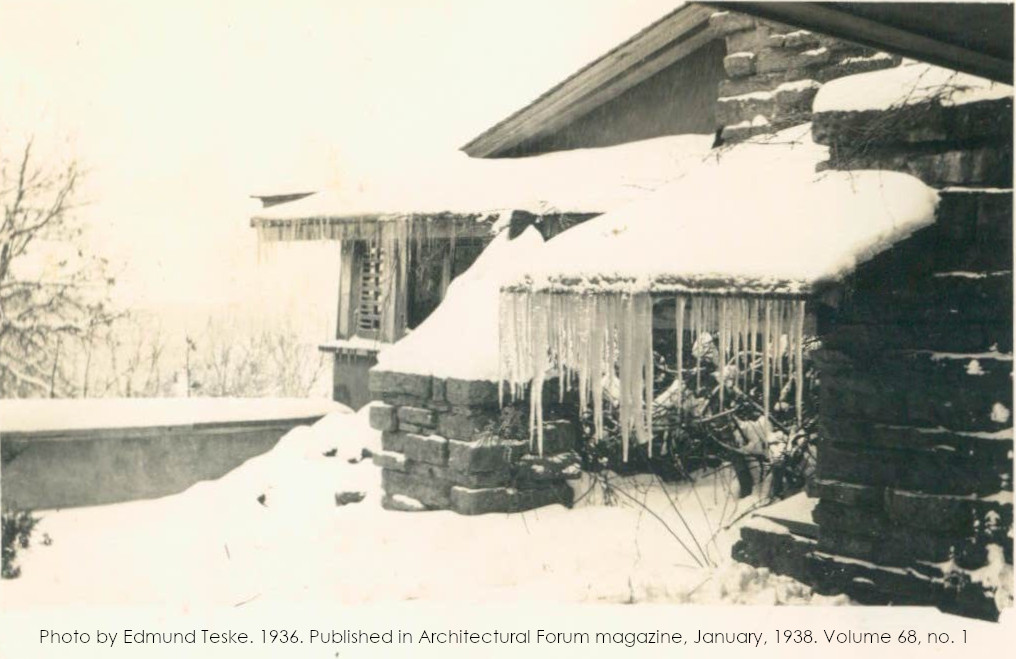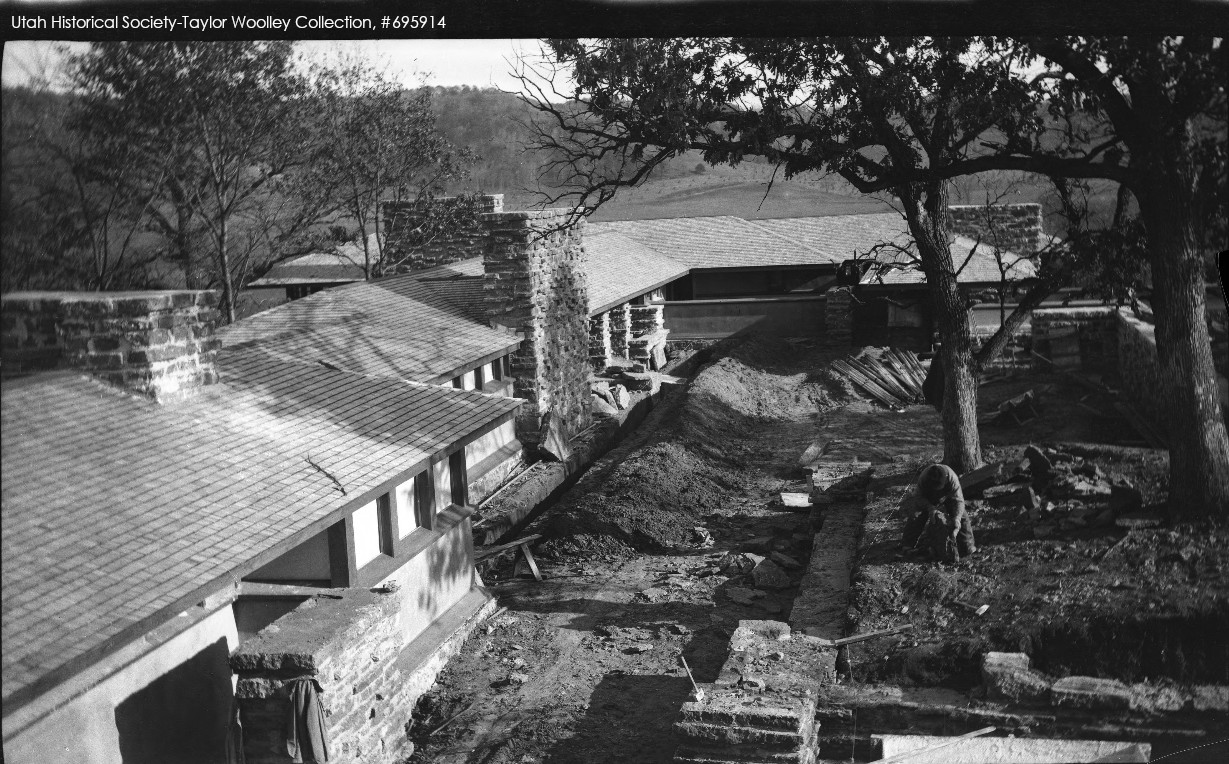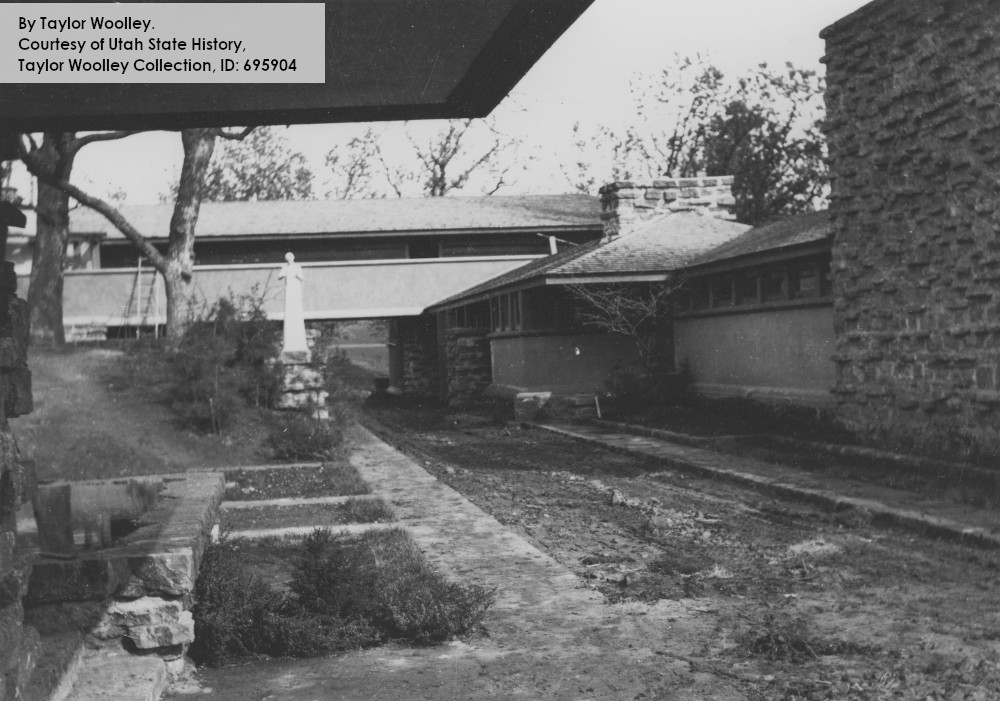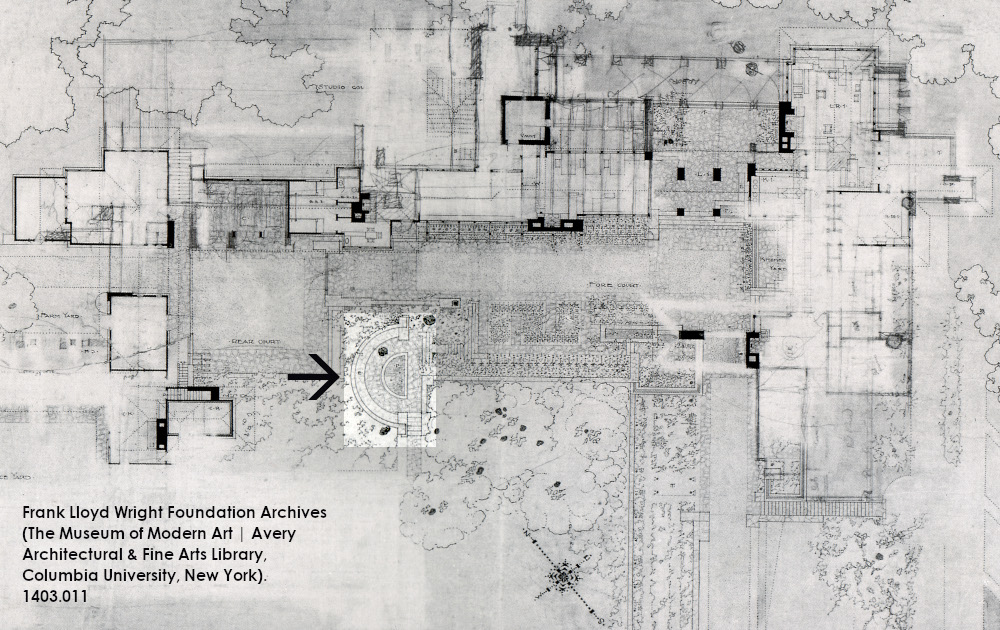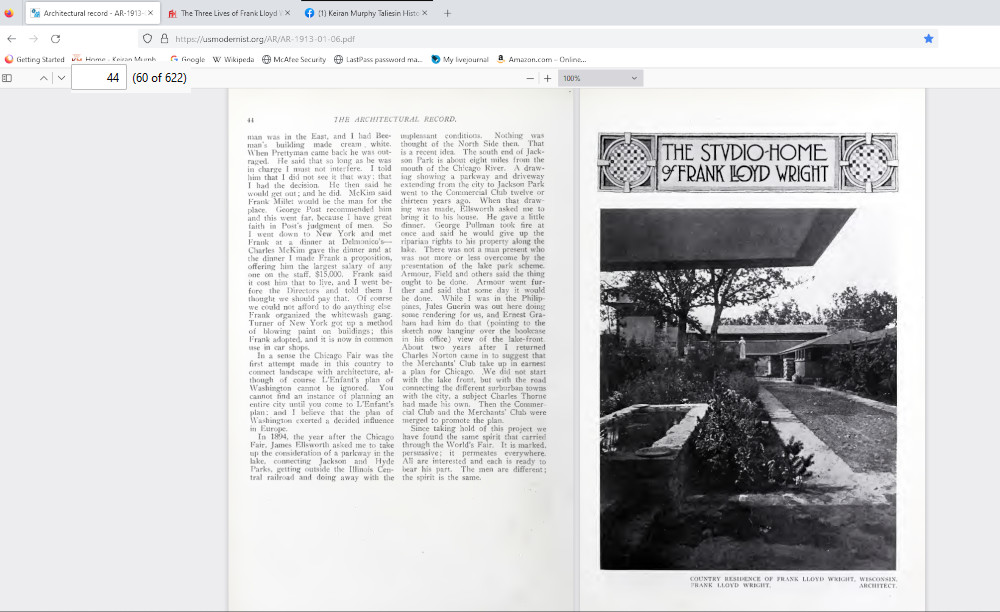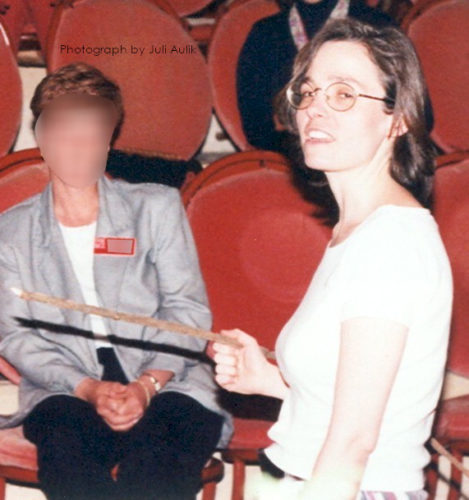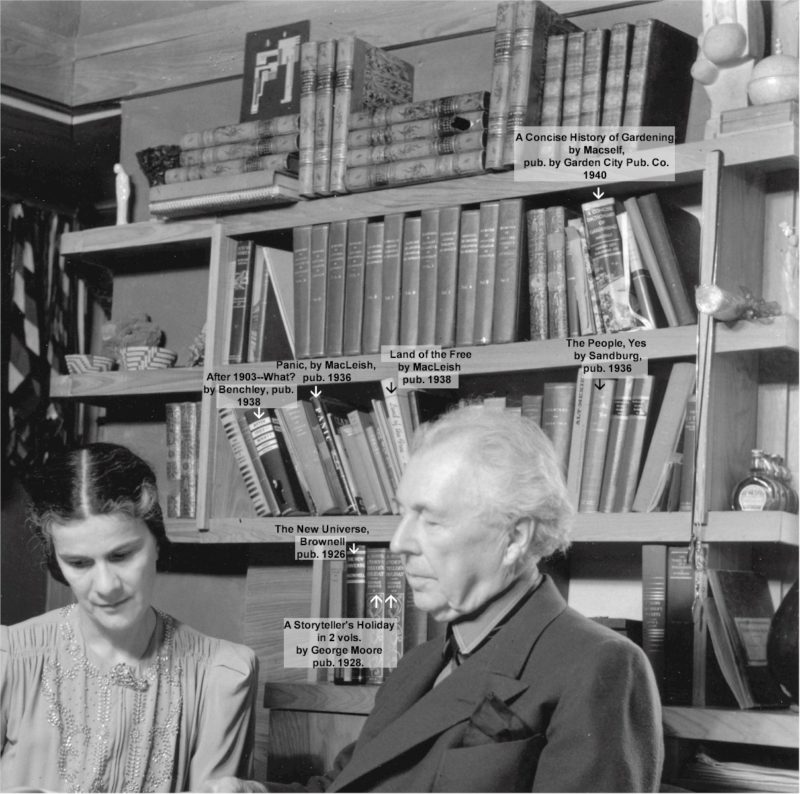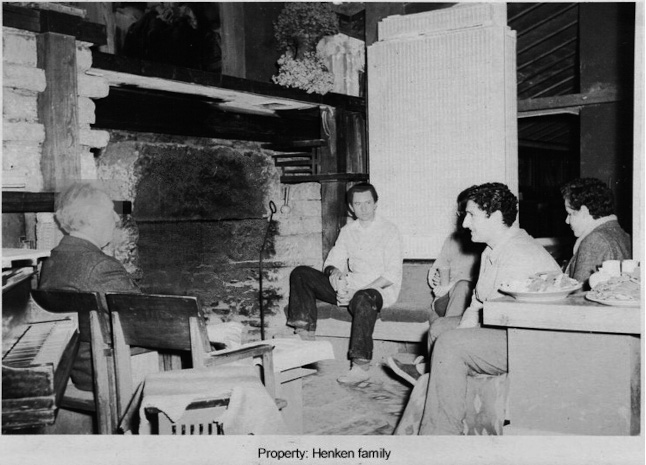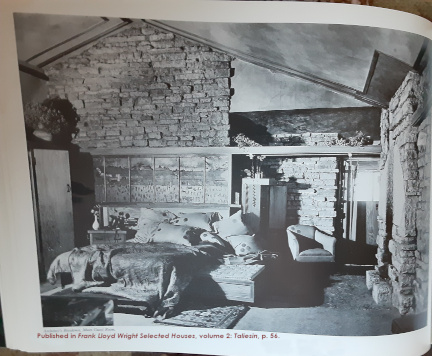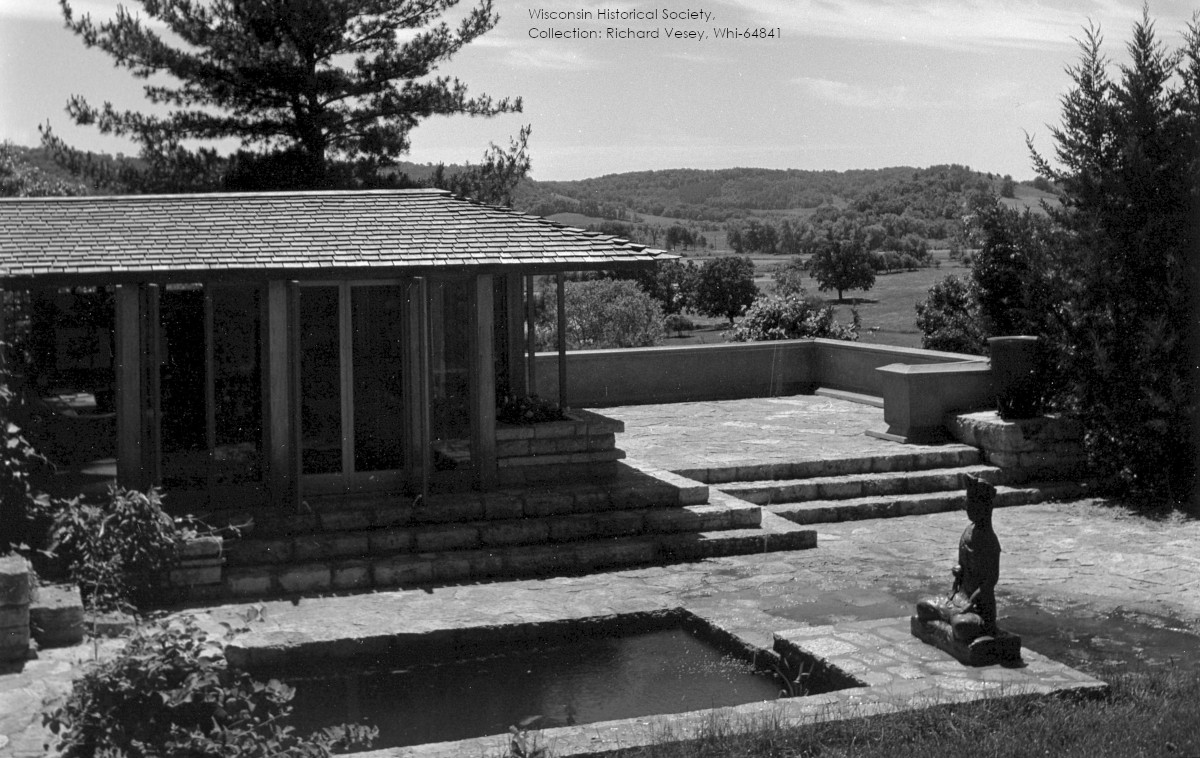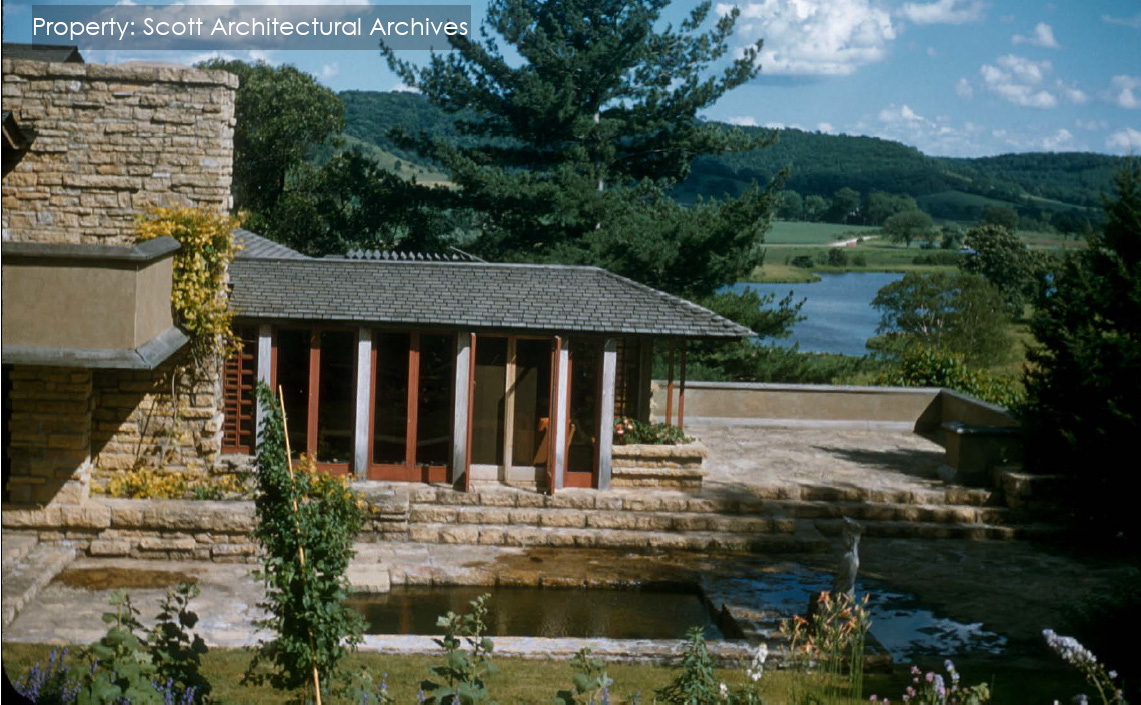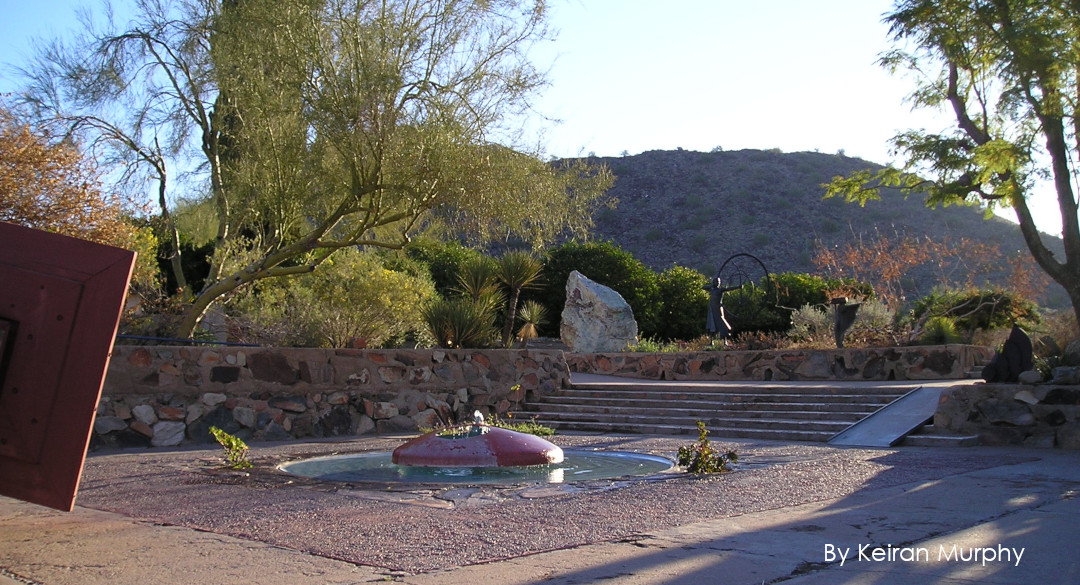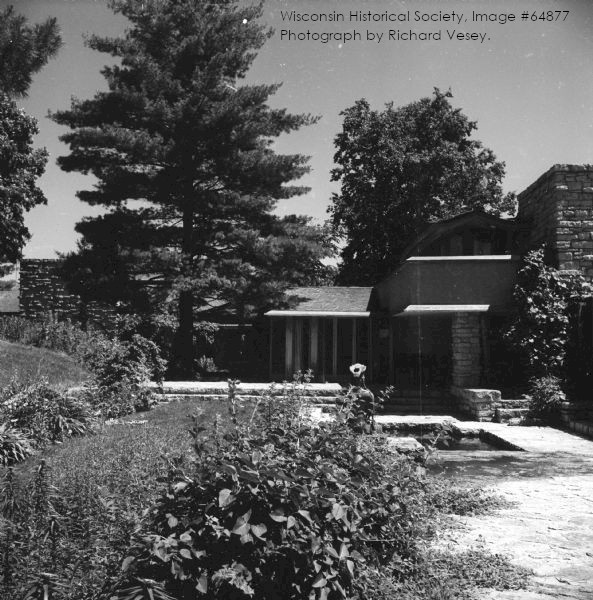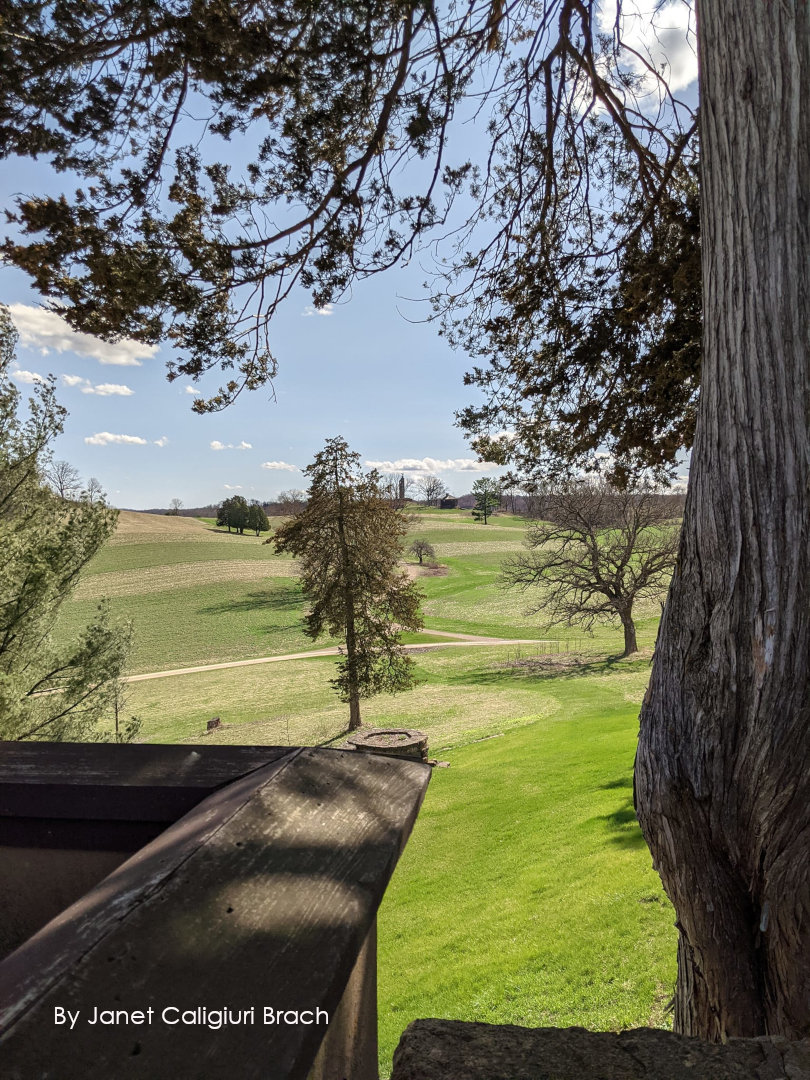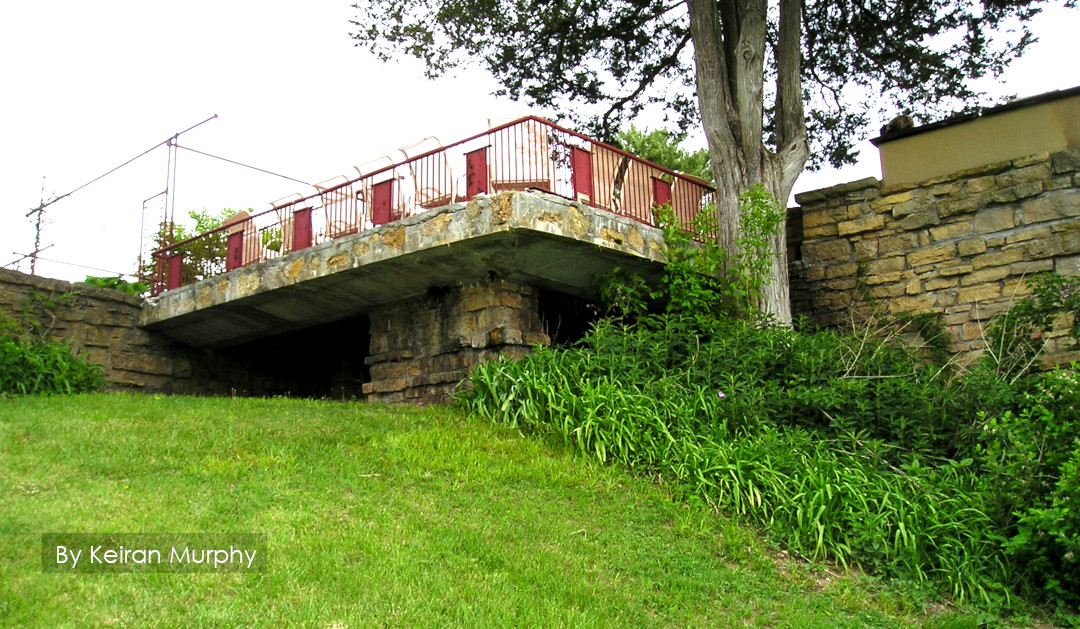A photograph of Frank Lloyd Wright with apprentices at a drafting table in the Hillside Drafting Studio. Photo taken by Marvin Koner in June 1958.
When I gave tours, I introduced the Taliesin Fellowship as:
a coeducational apprentice program that Wright and his wife, Olgivanna, started in 1932. They wanted the apprentices to participate in almost every aspect of their lives and taught the apprentices to “Learn By Doing”. The Taliesin Fellowship eventually became a school.
For years, the school was the Frank Lloyd Wright School of Architecture.
Now it’s the School of Architecture, an accredited architecture program that awards Master’s degrees and traces its origins back to the Fellowship. But it no longer operates out of either Taliesin site.
But while it sounds simple
the Fellowship is/was never easy to explain.
When I got my job in 1994 and told professor Narciso Menocal1 in my department, he disparaged “those people”.
Like, when you say “Fellowship” people think it involves scholars that are awarded grants, like an NEH fellowship.
Wright awarded no grants or degrees and taught no classes.
The Taliesin Fellowship apprentices lived at the Taliesins (Wisconsin in the summer; Arizona in the winter) and farmed, cooked, made music, built/repaired the structures, drafted in the studios, and supervised construction of his buildings. At first for Frank Lloyd Wright, and then for Taliesin Architects after his death.
And paid tuition to do this.
I never went back to Menocal and said
like I wrote in “Wright Was Not a Shyster“
“with Wright, there was a difference between the ideal and the reality.”
In the ideal, the Fellowship would echo apprenticeships from the Middle Ages. He wrote in an early prospectus for the Fellowship that:
“SO WE BEGIN this working Fellowship as a kind of daily work-life. Apprentices at work on buildings or in crafts which have a free individual basis: a direct work-experience made healthy and fruitful by seeing Idea as work and work as Idea take effect, actually, in the hand of the young apprentice.“
Frank Lloyd Wright, An Autobiography, new and revised ed. (New York: Duell, Sloan, and Pearce, 1943), 392.
YET,
while the Wrights explained in their prospectus:
“Each apprentice will work under the inspiration of direct architectural leadership, toward machine-craft in this machine age. All will work together in a common daily effort to create new forms needed by machine work and modern processes if we are to have any culture of our own worth having…. Our activities, we hope, will be gradually extended to include collateral arts by way of such modern machine crafts as we can establish.”
Frank Lloyd Wright, An Autobiography, new and revised ed. (New York: Duell, Sloan, and Pearce, 1943), 391.
it didn’t always work out the way they envisioned it.
After all,
Curtis Besinger (former longtime Fellowship member) wrote about the expectations new apprentices had:
Some came expecting an academic environment, a school with required and regular hours of classwork…. Some came expecting an artistic community, a sort of bohemian life of freedom in which one could do what he wanted…. Some came expecting an egalitarian co-op with everyone having an equal say. Some came expecting a lesser degree of commitment and involvement….
Few newcomers to the Fellowship received special treatment…. Of course, there were exceptions, but “wholesome neglect” was the practice and the policy.
Curtis Besinger. Working with Mr. Wright: What it was Like (Cambridge University Press, Cambridge, England, 1995), 22-23.
Nevertheless,
Besinger’s memories of his time echoed many things that people on tour asked:
How could people do all of this: cook, clean, farm, make music, and – oh yeah – work in the drafting studio? And pay for the privilege?
They’re things that I don’t know if anyone could answer, even if they read all the books I first put in my post, “Books by Apprentices“.
And still,
one of the things I liked about giving tours was holding these various ideas simultaneously in my head, continuously: did the Wrights take advantage of people? Yes. But no one stayed if they didn’t get something out of it. Priscilla Henken, then an apprentice, kept a diary, which gives a day-to-day good and bad portrait of life in the Fellowship. The National Book Museum published it as Taliesin Diary: A Year with Frank Lloyd Wright and it gives an unvarnished view as well as many previously unseen photographs.
But personally,
I think the Fellowship helped keep Wright young.
My impression of Wright’s later years is contrasted by my knowledge of the later years of Pablo Picasso.2 Picasso’s peers were passing away and he wasn’t surrounded by many young people. So the painter took to rethinking the work of the Masters.
Therefore, in the 1950s he painted his version of Las Meninas by Diego Velasquez (1599-1660), a work by Eugene Delacroix (1798-1863), and then Dejeuner Dur L’Herbe by Eduard Manet (1832-1883).
Manet’s painting is below:
Then there’s Picasso’s version from the early 1960s:
I looked at Picasso’s work from the 1950s and ’60s and it was better than what I remembered, but I wonder if he would have done something different if he was surrounded by young artists (unless he was so competitive that it was impossible).
And one night,
months ago, as I thought about the Fellowship,
as one often does
I remembered the saying I’ve heard about the Grateful Dead:3
They may not be the best at what they do, but they’re the only ones who are doing it.
Note: the folks who said that loved the Dead, too.
Published June 15, 2023.
The image at the top of this post is by © Marvin Koner/CORBIS/Corbis via Getty Images.
Take a look
at “Taliesin Life and Times” by William Walter Schildroth, Architect. He was an apprentice from 1959 (after Frank Lloyd Wright’s death) to 1961 and describes why he came into the Taliesin Fellowship, his duties, and how he learned “by doing”.
Notes:
1. Narciso Menocal was an Architectural Historian in the University of Wisconsin Art History Department. He’s the reason I knew more about Louis Sullivan than Frank Lloyd Wright when I started working at Taliesin: Menocal ran a Graduate Seminar on Sullivan. But he was never my advisor (I asked another professor to be my advisor after he lectured in our first class and I thought “this is why I started grad school”).
2. 1881-1973. I also took a graduate seminar on Picasso. Picasso, like Wright, was also a prolific artist who lived until his early 90s, had several well-known romantic relationships, and had a wife named Olga. Although Olgivanna was rarely just called “Olga” and she was 30 years younger than Wright as opposed to Picasso’s later paramour Francois Gilot (also an artist and mother of Paloma and Claude). She was 40 years younger than Picasso (research for this part of my page brought me to this web page just on Picasso’s muses). Until I looked at images for today’s post, I really didn’t like anything he did after 1939.
3. If you’ve got a couple of hours, here’s a link to part of one of their concerts in 1974. My oldest sister (who saw 300+ Dead shows) would have been happy to see/hear it.




